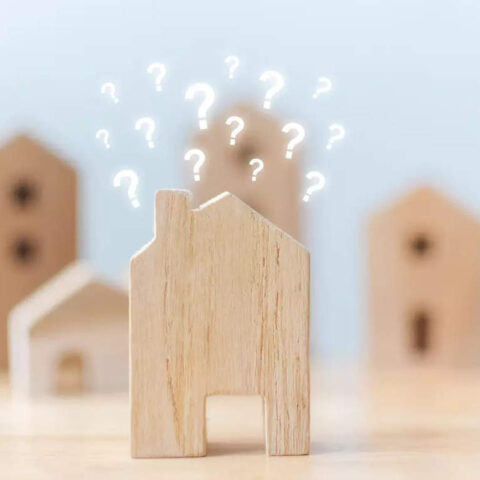Summer doesn’t come with much of a break for Brooklyn-based designer Little Wing Lee. Between being the design director for Atelier Ace, the founder of the interdisciplinary global network Black Folks in Design, and the principal of her own practice, Studio & Projects, there’s always a deadline to be met. I caught up with her during NYCxDesign, where she was launching her latest lighting with RBW, and discussed her singular path to design—and how her intuition continues to shape her career.
Mel: Before making the shift to interior design, you worked in documentary film production. What led to the pivot?
Little Wing: I worked on a TV series about death and dying with Bill Moyers, which was an incredible experience and the impetus for my switch to design. I worked on that project for two years, and it had me re-evaluating my own life. I’d always been interested in design, so I listened to my mom finally and enrolled in the career discovery program at the Harvard Graduate School of Design.
Become an AD PRO member for only $25 $20 per month.
We were in the studio, hearing from amazing architects, visiting beautiful buildings, going to the design library—I just fell in love with it. Working on that [documentary] project changed my trajectory. I’m more intentional about the projects that I want to work on. It’s both painful and aspirational knowing that we’re all going to pass away one day, and so we should at least try to do what we love.
It calls to mind the idea of legacy and longevity in our industry, too. Developing spaces and buildings that will, potentially, outlive those who created them.
Yeah, that’s true—knowing that the work that you’re doing reaches beyond time and space. I always think about the special moments that will unfold in these spaces, whether it’s a restaurant or hotel or an exhibition. It’s very meaningful to know that I’ve designed a place that became a part of this person’s life and the lives of their friends and family. The same goes for Black Folks in Design. I’ll be at those get-togethers and see the awe of a young architect who can’t believe they’re in the same space as one of their idols. Those moments stick with you.
These days your design work spans typologies. Has that cross-category route been intentional?
Each typology has specific learnings. For hospitality, you’re learning about operations, functional issues, cleanability, what makes a good public space? What makes a good hotel room? For residential, there’s a vast library of products and materials that you get to use to make it personal and cozy for the family. Then there’s exhibition design, where there are layers of information that you’re trying to convey to the visitor. It’s thinking about the interior architecture, the artifacts, the graphics, the media, and how you tell the story through design. There are connections between all the different typologies—elements you can pull from each that will be applicable to the next project. That’s the benefit for me.








